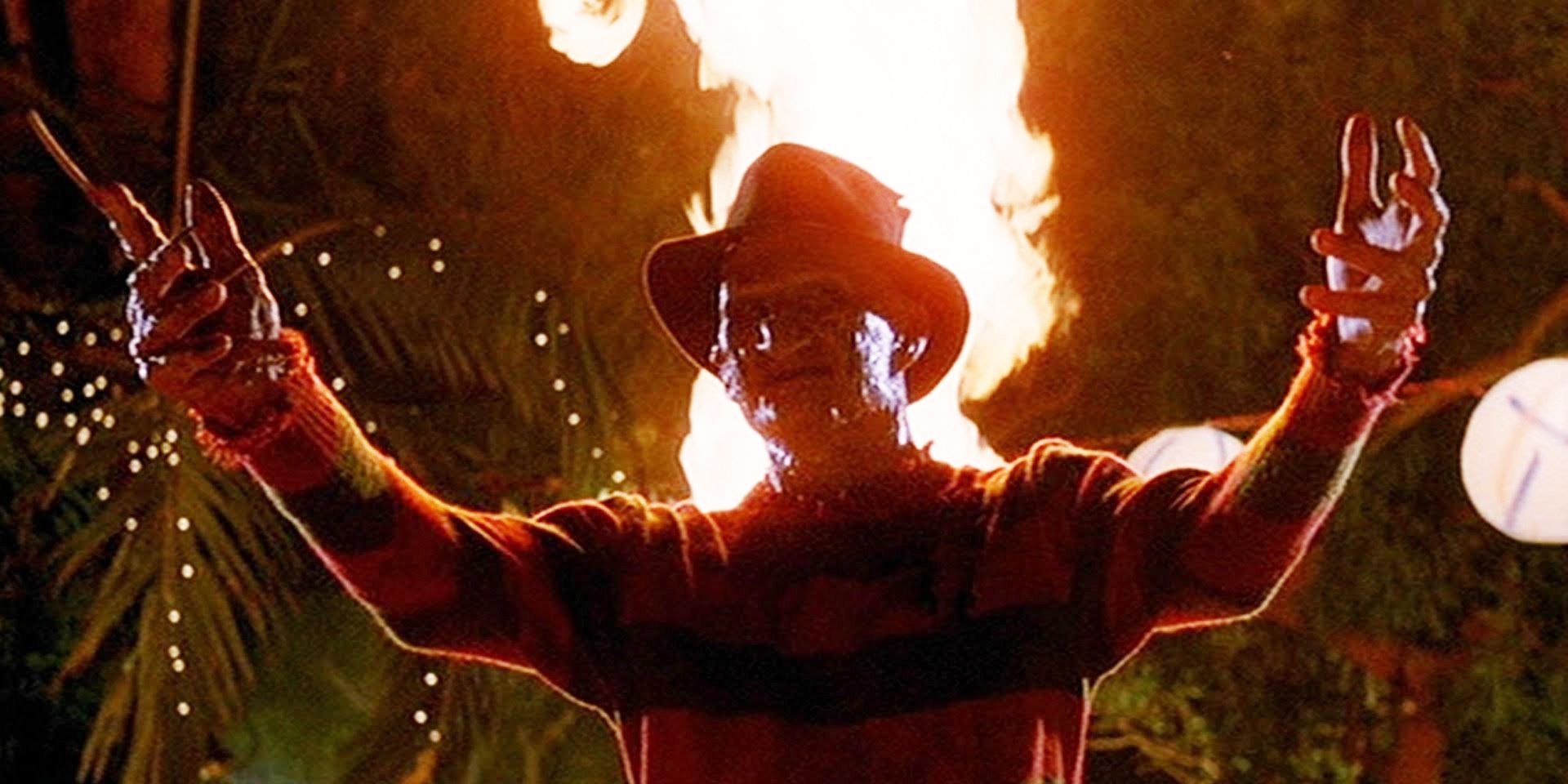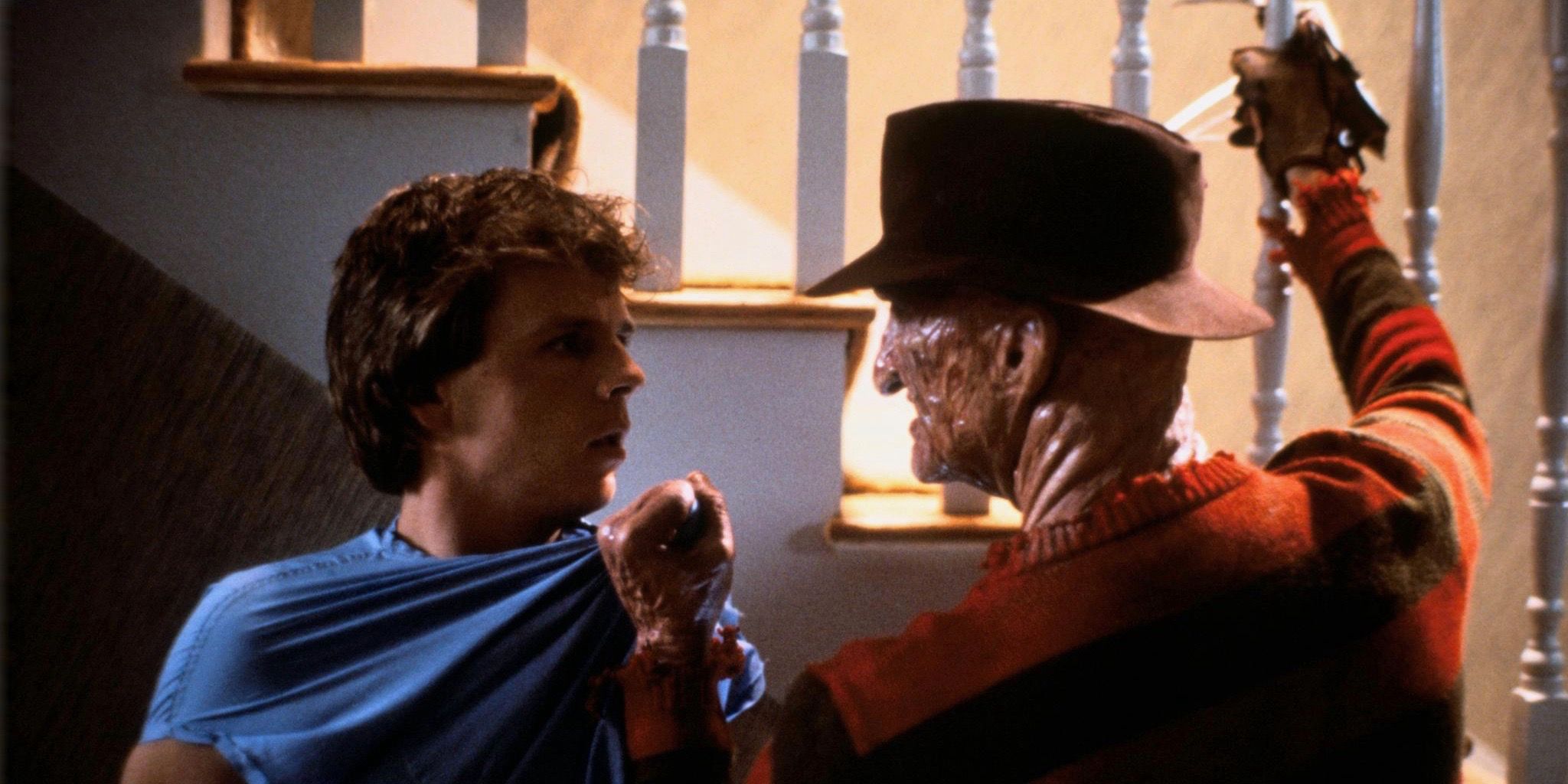A Nightmare on Elm Street 2: Freddy's Revenge has gained a cult following over the years, but that doesn't mean the plot makes any kind of sense. For many years, A Nightmare on Elm Street 2 was considered the odd duck of the franchise. While the other films all feature a female protagonist - or in slasher parlance, a "final girl" - Freddy's Revenge focuses on a male primary target for Freddy. There's also lots of gay subtext to be found in the film, which may not have been so obvious to mass audiences in 1985, but certainly is today, and is a theme not really given attention in any of the other Freddy films.
Another thing that sets A Nightmare on Elm Street 2 apart from the rest is its score by Hellraiser composer Christopher Young, which sounds nothing like any other score heard in the series, and doesn't include the iconic Nightmare on Elm Street theme by Charles Bernstein. However, it's partly because of just how unique A Nightmare on Elm Street 2 is that many horror fans have rediscovered the sequel, and championed it as a strange but fun effort that isn't afraid to depart from the established formula.
However, one of A Nightmare on Elm Street 2's many changes to the normal set-up is a complete shift of Freddy's modus operandi. This change makes absolutely no sense in the context of the first film, and is likely one of many reasons an annoyed Wes Craven saw fit to return and get things back on course with the widely beloved A Nightmare on Elm Street 3: Dream Warriors.
A Nightmare on Elm Street 2: Freddy's Plan Makes No Sense
The largely nonsensical ending of A Nightmare on Elm Street aside - which happened due to producer demands more than anything - Wes Craven's 1984 classic establishes that Freddy Krueger is nearly all-powerful within the nightmare world, and the only real way to defeat him is to pull him out into reality by waking up with him in one's clutches. In the real world, Freddy is vulnerable, and not supposed to be able to manipulate reality on a whim like he can in the dream realm.
Yet, A Nightmare on Elm Street 2 sees Freddy (Robert Englund) spend the sequel trying - and eventually succeeding - to possess protagonist Jesse Walsh (Mark Patton). As Freddy himself makes clear, this is so he can once again kill in the real world. The problem with that idea is simple: why on Earth would Freddy want to give up being able to kill people within dreams in all manner of creative, sadistic ways in order to go around slashing people with his knives in physical form? There's no conceivable advantage heading to the real world should allow Freddy, other than not having to wait until potential victims fall asleep.
Making things even more hard to follow is, similar to the aforementioned nonsensical ending of A Nightmare on Elm Street, Freddy's power levels once in the real world are entirely inconsistent. One moment sees him physically fought off by Jesse's girlfriend Lisa, and physically tossing around teenagers at a pool party, then the next sees him phasing through bushes and menacing Lisa with bizarre apparitions he's presumably conjuring. While A Nightmare on Elm Street 2 is an entertaining way to spend an hour or so, trying to make any kind of logical sense of the plot is liable to drive a horror fan insane, and that's without getting into the incomprehensible scene in which a sleepwalking Jesse meets his gym coach at an S&M club, then follows him back to the school to run laps in the middle of the night.


